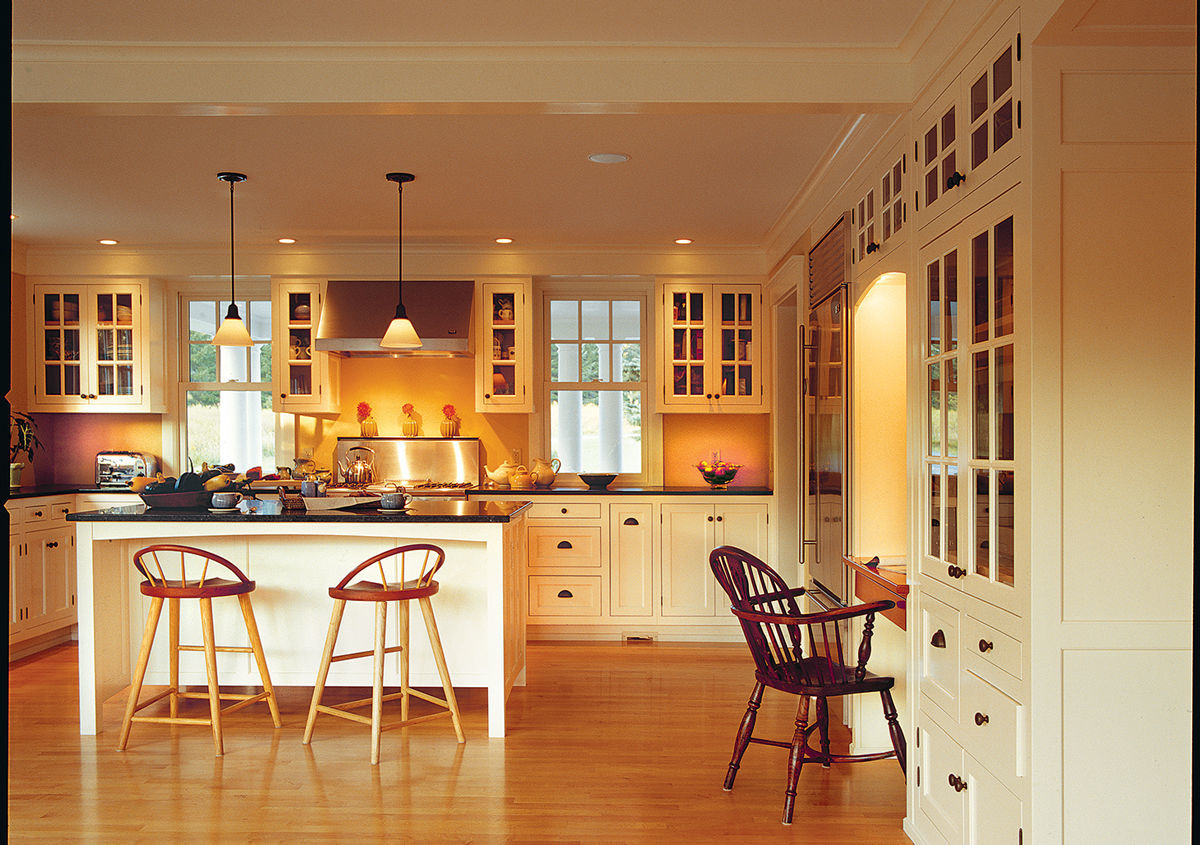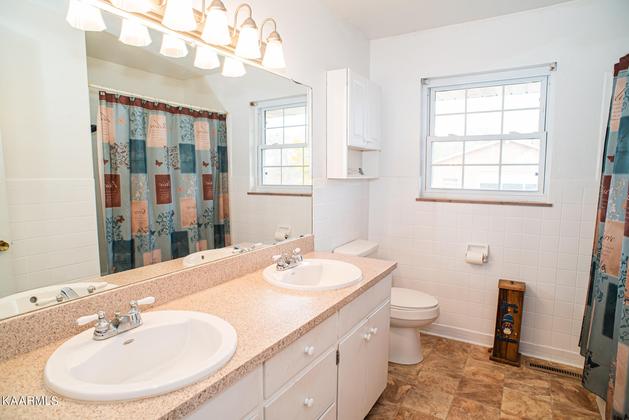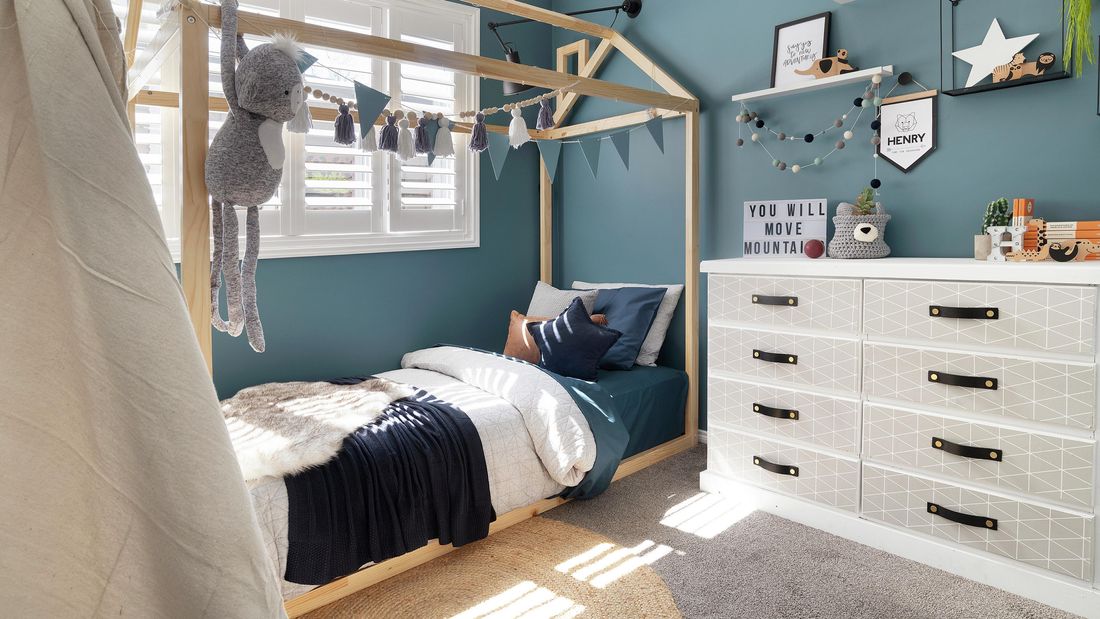
The style of 1920s kitchens was clean and simple with little ornamentation. The walls were painted light colors and the surfaces were easy to wipe clean. Linoleum flooring was easy to maintain. Many floors were patterned with checkers and squares. Many of these surfaces were covered in porcelain enamel. This kitchen is great for any style preference, modern or classic. Here's how to create a look that's right for you!
Cabinetry is the first element of classic kitchen designs. Exposed hinges on inset cabinet doors are typical of this period. For appliances like a dishwasher or refrigerator, custom cabinets were created. The cabinetry is not only beautiful, but also features such as moldings and glass knobs give the room a vintage feel. The room will feel larger with a new countertop. Once you've selected a countertop, it is time to decide on the colors of the remainder of the room. The kitchen's color will set the tone for all other rooms in the house.

Kitchens in 1920s style were both functional and beautiful. Enameled cabinets and black-and-white tile floors were popular. This cabinet combination was popular because it combined the best of both the modern appliances with a sleek design. Multi-burner stoves, electric dishwashing, and electric ovens made the kitchen much more efficient to use for cooking and eating. The 1920s saw a lot of appliances available that would make the kitchen both stylish and comfortable to use.
Since its conception, the style of a kitchen has changed. Kitchens used to serve as functional rooms for chefs or cooks in the past. Today, a kitchen serves as a space for housewives and servantless Americans to cook. The kitchen's design has evolved over the years to be more practical and fashionable. Bright colors and natural materials made the room feel more comfortable. The color scheme also reflected a person's mood.
The design of the modern kitchen has changed over time. Modern kitchens tend to be minimalistic and functional but can also look stunning. The 1920s saw more feminine kitchen designs. A modern design will be more open, with more storage and larger spaces. A compact kitchen looked more spacious than a traditional, and the floor was made of parquet with white tile counters.

Modern kitchens share many similarities to the 1920s kitchens. This kitchen features a large island, and a narrow countertop. Cabinets made from heavy wood or wrought iron are combined with stainless steel cabinets. A vintage bathroom has a narrow sink while a modern bathroom has a wide, taller one. The colors of the 1920s are often found in the furniture and the accessories of the era.
FAQ
Do I need permits to renovate my house?
Yes. Permits will be required for any home-improvement project. You will require a building permit as well as a plumbing permit in most cases. You may also need a zoning permit depending on the type of construction you are undertaking.
What should I do if I want to hire an architect/builder?
If you are planning to renovate your own home, it may be easier to just hire someone else to do the work for you. If you're looking to purchase a home, an architect or builder can help you achieve your goals.
What is the cost of renovating a house?
Renovations usually cost between $5,000 and $50,000. Renovations are typically a major expense for homeowners, with most spending between $10,000 and $20,000
What is the average time it takes to renovate a house?
It all depends on how big the project is and how much time you spend each day. An average homeowner will spend three to six hours a week on the project.
Statistics
- ‘The potential added value of a loft conversion, which could create an extra bedroom and ensuite, could be as much as 20 per cent and 15 per cent for a garage conversion.' (realhomes.com)
- Design-builders may ask for a down payment of up to 25% or 33% of the job cost, says the NARI. (kiplinger.com)
- According to the National Association of the Remodeling Industry's 2019 remodeling impact report , realtors estimate that homeowners can recover 59% of the cost of a complete kitchen renovation if they sell their home. (bhg.com)
- The average fixed rate for a home-equity loan was recently 5.27%, and the average variable rate for a HELOC was 5.49%, according to Bankrate.com. (kiplinger.com)
- Most lenders will lend you up to 75% or 80% of the appraised value of your home, but some will go higher. (kiplinger.com)
External Links
How To
How do I plan a whole-house remodel?
Planning a whole-house remodel requires planning and research. Before you begin your project, there are many things to think about. First, you must decide what type of home improvement you want. There are many categories that you could choose from: kitchen, bathroom or bedroom; living room or dining room. After you decide which category you want to work on, figure out how much you can afford to spend on the project. If you do not have any previous experience in working with homes, it is best that you budget at least $5,000 per bedroom. If you have some experience, then you might be able to get away with less than this amount.
Once you've determined the amount of money you can spend, you need to decide how large a job you want. For example, if you only have enough money for a small kitchen remodel, you won't be able to add a new flooring surface, install a new countertop, or even paint the walls. If you have the money to do a complete kitchen remodel, you will be able to handle almost anything.
The next step is to find a contractor who specializes in the type of project you want to take on. This way, you'll be guaranteed quality results and you'll save yourself a lot of headaches later on down the road. Once you have found a reliable contractor, it is time to start gathering supplies and materials. You may need to purchase everything from scratch depending on the size and scope of your project. You shouldn't have any trouble finding the right item in pre-made stores.
Now it's time for you to start planning. Begin by sketching out a rough plan of where furniture and appliances will be placed. The next step is to design the layout of the rooms. You should leave enough space for electrical outlets and plumbing. Make sure to position the most visited areas close to the front door. Visitors can also easily access them. You can finish your design by choosing colors and finishes. Avoid spending too much on your design by sticking to simple, neutral colors and designs.
Now it's time to build! Before you begin construction, it's important to check your local codes. Some cities require permits while others allow homeowners to build without one. To begin construction you will first need to take down all walls and floors. Next, you'll need to lay plywood sheets in order to protect your new floors. Then, you'll nail or screw together pieces of wood to form the frame for your cabinets. Lastly, you'll attach doors and windows to the frame.
There will be some finishing touches after you are done. For example, you'll probably want to cover exposed pipes and wires. You will need to use tape and plastic sheeting for this purpose. You'll also want to hang pictures and mirrors. Just remember to keep your work area clean and tidy at all times.
This guide will show you how to create a functional, beautiful home. It will also save you a lot of money. Now that you know how to plan a whole house remodeling project, you can go ahead and get started!